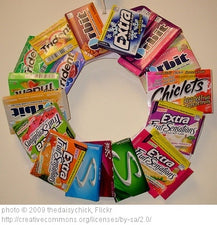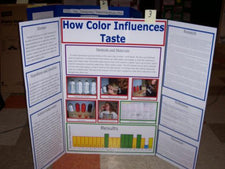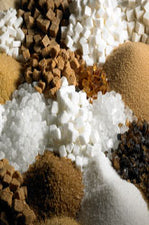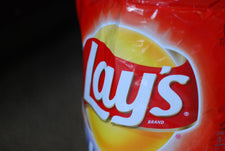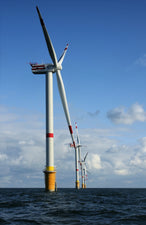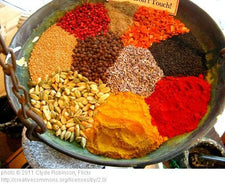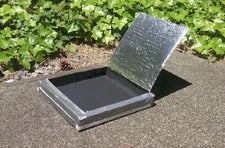Oxygen in Plant Respiration

Most children are familiar with the overly simplified version of the oxygen cycle - plants produce oxygen through photosynthesis, upon inhalation animals/humans take in these fresh oxygen stores, releasing carbon dioxide upon exhalation, this emission of carbon dioxide is then used during plant photosynthesis to create oxygen and the cycle perpetuates. But did you know that plants need oxygen too?
Photosynthesis Versus Respiration
Oftentimes, when studying plants, we focus on the process of photosynthesis where plants use energy from the sun (light) to produce food, using up carbon dioxide and releasing oxygen in the process. But kids will be amazed to find out that plants also respire (not in the sense of breathing, but the process through which they release energy from food). In respiration, plants break down sugar (also glucose or food) into carbon dioxide and water through a series of chemical reactions that require the use of oxygen. To understand the role of oxygen in plant respiration, here is a great science fair experiment from Science Fair Projects. Project Overview
Your child or student will make use of germinated maize seeds and caustic soda placed in a controlled environment to confirm that oxygen is needed (and used up!) during plant respiration. At the end of the investigation, students will visually see the effect of oxygen depletion on their project equipment as well as design a test to confirm whether oxygen is present in the test flask using a test and compare it to a control flask . For a list of needed materials, a helpful diagram, and pointers, be sure to visit the project site at Science Fair Projects.
